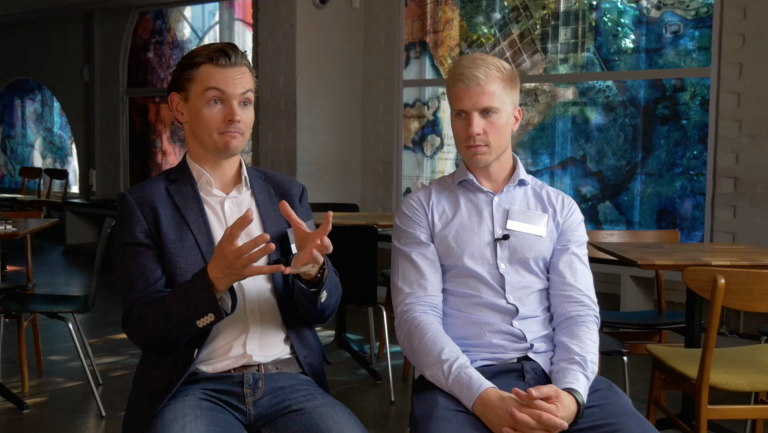High Performance Talks: Dr. Aki Hintsa

High Performance Talks is an interview series focusing on improving performance through better health and wellbeing. In ten episodes, you hear fascinating stories from Formula One drivers, top executives, entrepreneurs, university professors and our very own Hintsa experts.
In episode 10 of our series the late Founder of Hintsa Performance, Dr. Aki Hintsa, goes through the Circle of Better Life model and discusses why wellbeing is the key to high performance. During his long medical career, Dr. Hintsa worked with several top athletes, such as runner Haile Gebrselassie and F1 Champions Lewis Hamilton and Sebastian Vettel as well as leaders of Fortune 500 companies. After his passing in 2016, Hintsa Performance and its team of specialist and coaches continue Dr. Hintsa’s mission to help people reach better life and better performance.
What are the first questions you ask from a client?
“Majority of the people that come to the clinic, and I ask them who you are, they say they’ve never thought about that. Then I also usually ask: Do you have any time for yourself? To go fishing or just walking in nature or in the mountains, or simply just time for yourself? Do you have time to think? And they reply: “No, no, no, I don’t have that. Either I work or I try to invest all of the time left in my family.” I think that is not healthy. We need some time for ourselves. We can give more to our families, to our children, if we are well balanced with ourselves.”
What is the key to reaching better performance?
“Usually, people have a tendency to think that they have to work hard, and even harder, and then the high performance comes from there. But what I have learned from working with the top athletes of the world, is that this is not the case. As human beings, we have certain limits. First, you have to take a look at yourself and find your wellbeing. And it doesn’t matter if you are a CEO or a top athlete, or whoever, the same principles are required to reach optimal performance.”
Could you tell us more about the principles of the Circle of Better Life model?
“We start always from the inside, from the person’s core motivations. And this may sound a little weird, but we want people to first answer to three questions: Who are you, i.e. what’s your identity? What is your purpose in life, i.e. what is your real target? And then the third one – which can be very tricky nowadays – Are you in control of your life?
We are calling all of this the Core. People have to start from the inside, and after that, we go to the more practical areas. Physical activity is one area. Optimising nutrition is another – you have to find a healthy way to feed yourself. Sleep and recovery is the third area.
We also have to take care of the mechanical body. We call this area biomechanics. It’s a mixture of sports science and proactive occupational health care. Due to inactive environment or inactive lifestyles, people tend to have more and more problems with their bodies. We have more and more back problems, we have problems with our joints, even early arthritis. Obesity is related to these.
The fifth area is mental energy. People have to have energy in their mental systems. This is what we believe in Hintsa. It is one of the main areas where we can develop people. Good mental energy also gives meaning to their Core and balances their social environment, family and children. The sixth element then is general health. This means that health screenings and proactivity in health issues are some of the key parameters in our system.
So there are altogether six elements, plus the Core, that we assess. And once you become one of our clients, we will go through all of these elements.”
How do your clients usually start to implement changes during their Hintsa journey?
“Our clients start by changing life habits that are not doing them any good. They are learning how to lose bad habits and how to take in good habits. It’s a never-ending development story when you are doing the program. But the key is, that you don’t have to do it, you are free to do it. And you don’t need to be perfect and you can make compromises, but your direction should be towards learning good habits all the time. Better habits then make your life more balanced. Very often people want to continue with us because they like our core philosophy: “everyone can improve, one day at a time”. This is why we avoid giving you just some physical fitness programs or telling you how to get a six pack for yourself. No, no. It’s a holistic wellbeing program.”
What would be your one single piece of advice for improving wellbeing?
“Try to think who you really are. Try to find your own identity. Not what you are now, but what you want to be. What kind of person you want to be and then what you want to have. And be in control of your life. Steer your own vehicle. Don’t be a passenger.”

Read previous
High Performance Talks: James Hewitt & Heikki Huovinen

Contact
